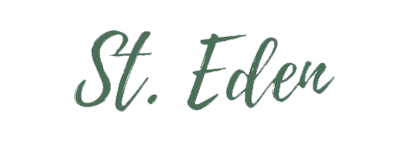As you age, your skin changes in appearance and texture, and there are certain self-care habits you should consider starting. You may have heard of dry brushing, but if you don’t fully understand it, you’re not alone. Dry brushing is an ayurvedic ritual that involves brushing the body with soft to slightly stiff bristles to gently brush away dead skin and is associated with many benefits.
Myths about dry brushing. Claims that dry brushing contributes to the reduced appearance of cellulite and improved immune function should be taken with a grain of salt. There is no real evidence to suggest either of these things are true for anyone who commits to a regular dry brushing routine, but if it makes you feel good, give it a go. It can be a great addition to an at-home spa day.
Does it actually work? Some benefits of dry brushing are exfoliation and better circulation due to lymphatic drainage. Dry-brushing may help release toxins, and regular exfoliation can lead to brighter, smoother-looking skin. You can dry-brush once a day, as long as you’re gentle. If done too often or too rigorous, however, it can have negative effects on your skin’s protective barriers.
How to do it: It’s extremely important to note that you should never scrub your body so hard that you break or irritate the skin. This activity should be gentle, not painful.
-
Find the right brush for you. This will depend on a variety of factors such as your preference for synthetic or natural fibers, a hand-held brush or one with a handle, and whether or not you’re planning to include your face in the routine. You can find more info and options here.
-
Prepare. Since you’re brushing away dead skin, you’ll probably want to take a shower afterward. Make it easier, by keeping your brush in the shower and dry-brushing right before you wash. For those who find it energizing, this can be a nice morning activity.
-
Master the motion. Strokes should be medium pressure and firm without irritating the skin. Long, successive strokes work well on larger portions of the body like arms and legs, while shorter, quick strokes are great for feet and hands.
-
Start at the feet and move upward. The reason to dry-brush in the first place is to move lymph toward your chest where the fluid can reenter the bloodstream and encourage circulation. Work strokes up the body, from your extremities toward your heart.
-
Shower + moisturize. For best results, wash the body off and moisturize with body oil or lotion to keep skin looking healthy long after you’ve finished.
Have you tried dry-brushing? What was your experience? Let us know in the comments!

